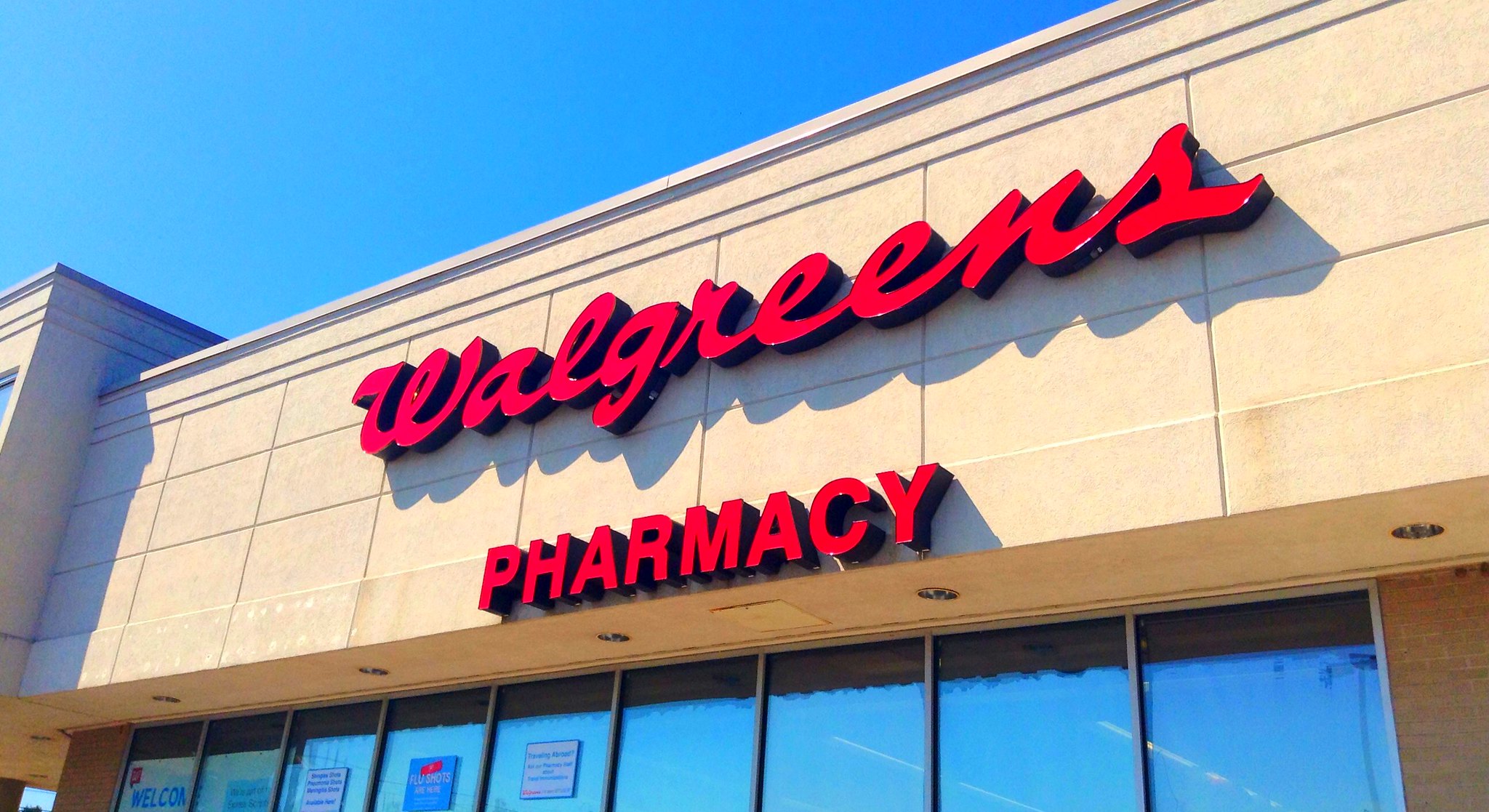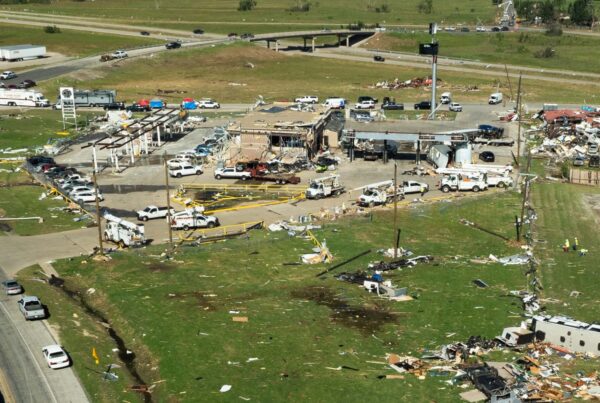During the pandemic, drugstores became essential places for getting well masks, test kits and prescriptions – as well as other offerings from pizza to cleaning supplies, as many served as a kind of general store.
But those boom times for the corner pharmacy appear to be over, and they may not be coming back. According to recent reporting by The Wall Street Journal, CVS, Walgreens and Rite Aid have closed hundreds of locations since the start of the pandemic.
Kate King, a reporter with the Journal covering the subject, joined the Texas Standard with more about the trend.
This transcript has been lightly edited for clarity:
Texas Standard: In your story, you write that here in the U.S., we have about 3,000 fewer drugstores than at the start of the COVID-19 pandemic. What’s going on?
Kate King: Well, drugstores are kind of going through a downsizing process, and the writing was on the wall years ago. But, COVID-19 gave drugstores a little bit of a reprieve because when the pandemic happened, they were considered essential businesses. And so they were largely open.
And of course, there was a boost in spending on essentials like over-the-counter test kits and masks and cold and flu medicine. So they got a little bit of a bump in sales then.
But now that sales are kind of normalizing post-pandemic, a lot of drugstores are realizing that they just need fewer locations than they did in the past.
The funny thing is, though, I think if you ask a lot of folks here in the Lone Star State, you’ll hear them tell you about, like, how there was a CVS or has been a CVS on one corner and a Walgreens exactly catty-corner from the CVS.
And then in recent years, we’ve started to see on top of all of that, these in-store clinics sprouting up. And it looked like, if anything, CVS and Walgreens were doubling down on their business.
Well, it’s certainly true that CVS and Walgreens are doubling down on health care, as they’ve experienced pressures to the financial side of their business in both the retail and prescription aspects of their businesses.
They’ve tried to pivot and expand and offer more health care, so whether that’s going to the pharmacies for your flu or COVID shots or even getting to the point where hopefully they can offer doctors’ visits and other types of primary care.
You mentioned that the writing was on the wall even before the pandemic, and that was more of a reprieve than anything else. But I’m curious what the factors are that are leading some of these major chains to experience downturn. What’s going on?
Yeah, it’s really interesting. If you think about it, pharmacies, the majority of their real estate – the majority of the store – is taken up by essential items, or I guess everyday items, like your paper towels, your toothpaste, your lipstick. And then the back end of the store is where you go to get your prescriptions.
So for many years, the front end of the store, which historically was where they had the higher profit margins, has been losing market share. For many years pharmacies have been losing market share to online shopping and also discount retailers like Walmart, Aldi, Trader Joe’s. So they were kind of hanging on for a long time.
But then the prescription business became much more financially challenged. And so now they’ve gotten to the point where they just need to cut costs, and they probably don’t need as many locations as before. And they probably eventually won’t need as many big locations as before.
» GET MORE NEWS FROM AROUND THE STATE: Sign up for Texas Standard’s weekly newsletters
I’m wondering if something more fundamental at the level of the form of the prescription drugs themselves is happening behind the scenes, and that’s causing costs for some of these big pharmacy chains to rise.
Well, there certainly are pressures on the prescription side. I’m not an expert on this, but I know it has a lot to do with the pharmacy benefit managers, the middlemen who kind of operate between the drug manufacturers and the retail pharmacists. There’s a lot of back-and-forth about increased regulation for them, which some pharmacies, but not all, would like to see happen.
And then also, the prices of some drugs have come down, which in many ways is good for consumers, but not good for the bottom line of pharmacies.
I have to bring up something that we’ve been hearing a lot on the news about: rising theft in some parts of the country. Is that a big issue, or is it overstated in the context of these closures?
You know, I’ve been wondering about that myself for a while, and I can’t really give a definitive answer, but I think it’s two things are true. There’s a lot of problems with the business models of pharmacies, and there’s also a lot of problems with retail theft.
Retail theft isn’t just affecting pharmacies, but pharmacies have been really hard hit. I don’t know what it’s like in Texas, but here in New York City, if you go into a CVS or a Walgreens, it feels like almost all the stores are locked up. And if you want to buy toothpaste, you have to wait for someone to come and unlock the cabinet and get it out.
And it’s hard for pharmacies. They don’t want to do this because it makes their customers irritated, and it is more work for their employees to have to run around and unlock all these different cabinets.
But they really are being hit by, you know, sometimes just average shoplifting, and sometimes really organized crime rings are coming in and stealing items from pharmacies and then selling them to other people who sell them on the internet or other ways on the street.
So where do you see this headed? Are we going to be seeing drugstores selling primarily prescription drugs; that’s going to become the centerpiece of some of these businesses we’ve sort of taken for granted as convenience shops?
I think pharmacies are hoping that they will become more health care businesses and less of convenience stores than in the past. So not just prescriptions, but also really primary care.
I think CVS and Walgreens really want to make this work. They’ve acquired companies that they’re hoping can get them to this goal. And when you have things like Medicare and Medicaid and reimbursements, it’s really challenging. But I think that’s their ultimate goal.
So I wouldn’t be surprised to see fewer pharmacies, maybe pharmacies with smaller retail components, and bigger health care components.













